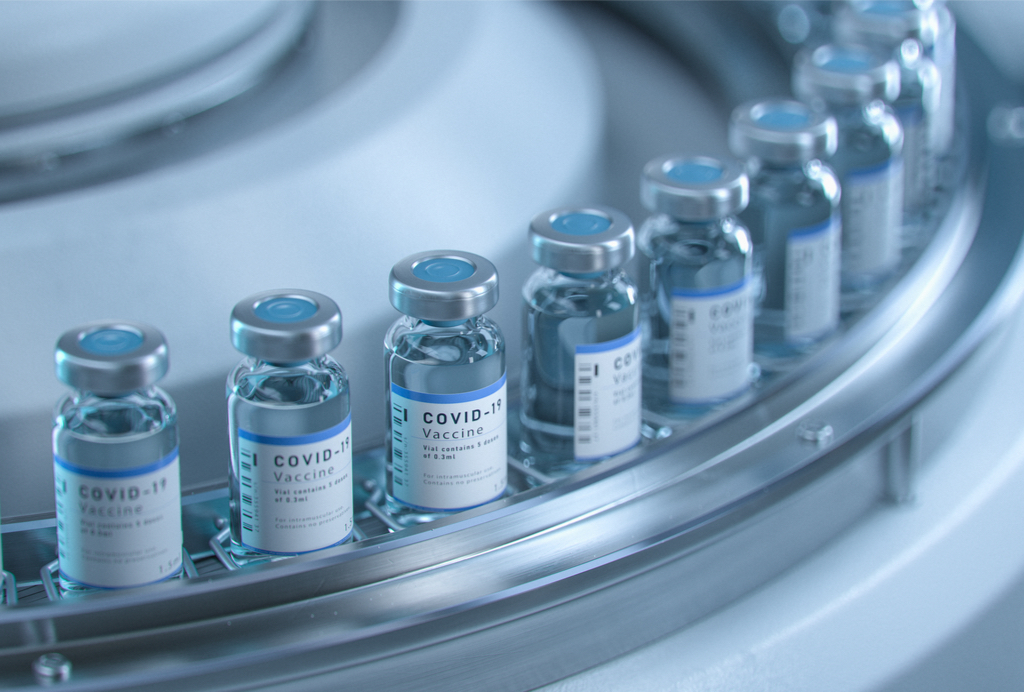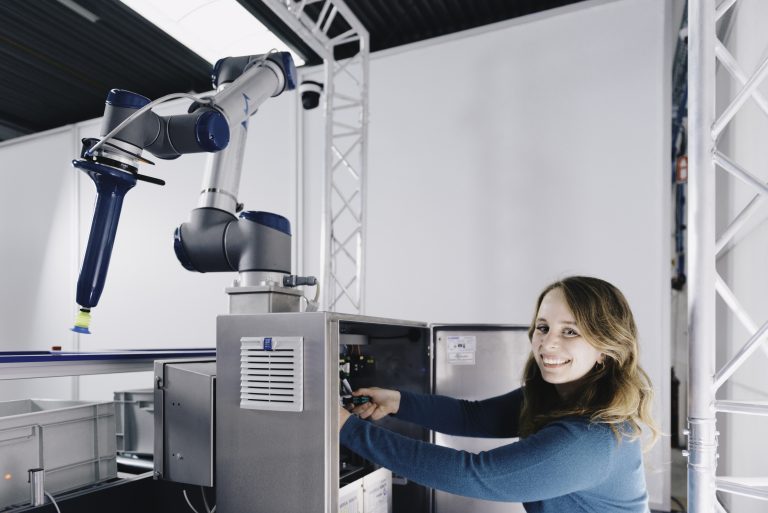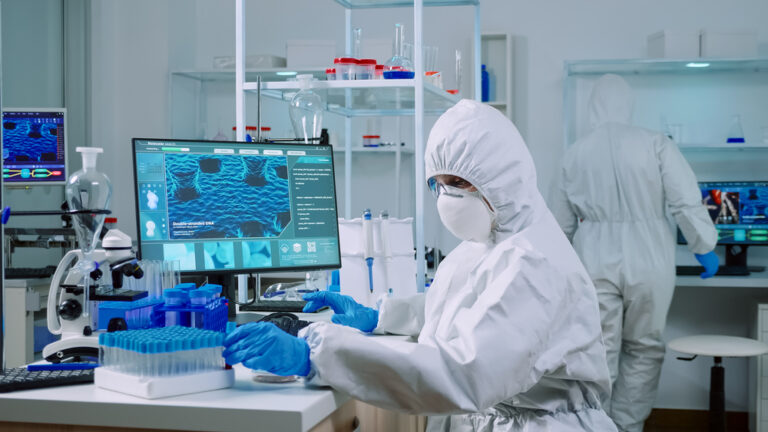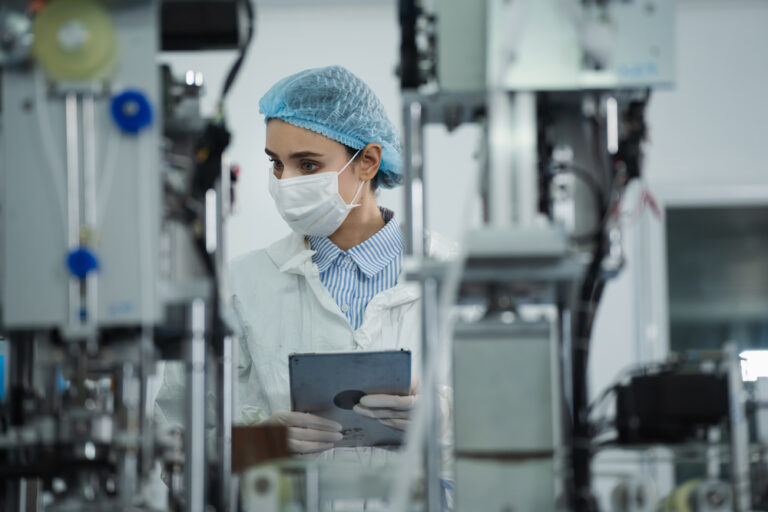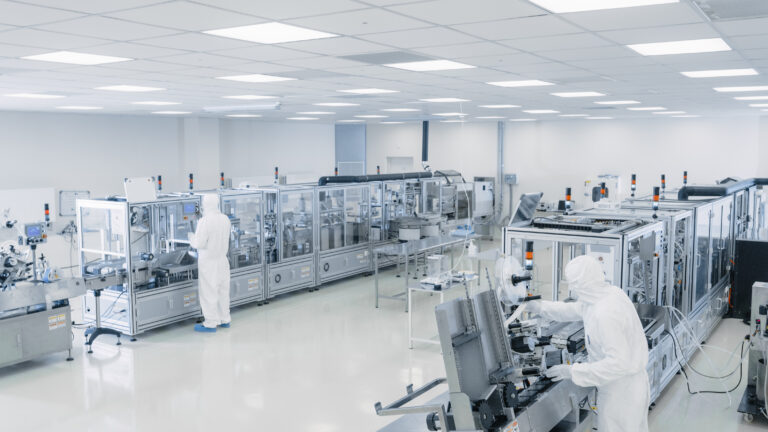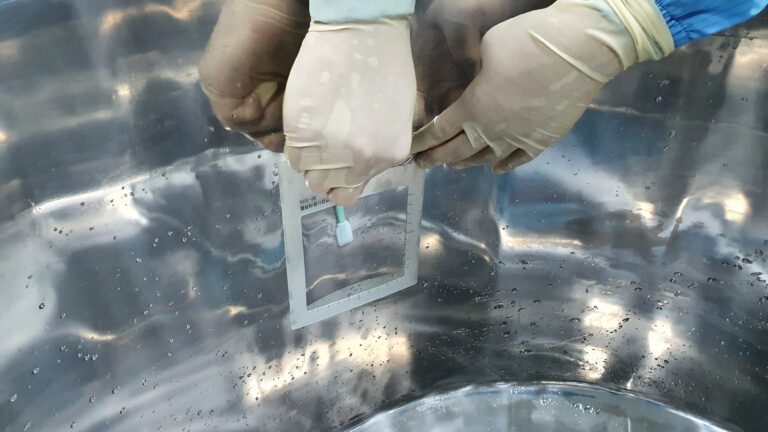Pharma has always provided an endless source of health benefits. Two key landmarks shaped the history of humankind: purifying water and developing medication. We owe this second milestone to the pharmaceutical industry and biotechnology.
Pharma’s core purpose is to bring pharmaceutical products to market. Because the products placed on the market by pharmaceutical firms are drugs, they have special characteristics that make them different to other consumer goods. A pharmaceutical company is, by nature, the most strictly controlled type of business at every level.
A lot of people know what pharma companies do (whether they research, manufacture, store and distribute, trade, import, export, etc.), but few people are aware of how they are structured. Our post today aims to help you understand what goes on inside them.
The way laboratories are organised is based on what we call departments. Departments vary depending on the type of lab. A marketing laboratory, for instance, would not need a R&D department. Or, if the company is quite small, certain departments might take on various functions, splitting the team up internally to share out the tasks.
For the sake of understanding how a pharmaceutical company is organised, there tend to be two main parts: the business area and the industrial area.
- Business area. Business Development, Market Access, Marketing, Medical, Sales, Drug Safety, Regulatory Affairs, Business Intelligence/Support, Legal, Compliance.
- Industrial area. R&D&I, Quality Unit (Quality Control and Assurance), Production (Manufacturing, Equipment and Industrial Process Qualifications and Validations, Equipment Maintenance, Conditioning), Supply Chain, Engineering, Automation, Logistics. Some labs feature an additional department known as Technical Services to support all other departments in enhancing their processes, for example.
In terms of how a specific laboratory is structured internally (or how it differs from others), there are certain factors to be taken into account:
- Not all labs can accommodate all of these departments
- Not all labs have the same organisational capacity
- Not all labs need these departments
- The responsibilities taken on by a given department may vary
- Departments may have different names to those listed above
- Departments can overlap but will never work in isolation when executing a specific action
- Some departments may be much more complex than we have mentioned
About the industrial area
Most departments are interconnected: Engineering with Production, Technical Services with Quality Control, and so on. Plus, there is a two-way flow between departments which ensures that everything runs smoothly.
When it comes to this regular cooperation, there are two crucial departments in pharma firms that are particularly in-sync: Production and Quality Assurance. The Quality department – especially Quality Assurance – could be described as the Production department’s shadow: Every step taken by Production will be monitored and analysed by Quality Assurance.
After all, as we said at the start, the pharmaceutical industry is strictly regulated. This brings us to the all-important GMPs or Good Manufacturing Procedures. GMP regulations set out a series of standards and guidelines for manufacturers to follow in order to ensure quality and safety in every product. I will be explaining GMPs at length in another article, but I would simply like to mention that they are generally divided into 9 main categories:
- Quality management
- Staff
- Premises and equipment
- Documentation
- Production
- Quality assurance
- Manufacturing and Third-party analysis
- Claims and product recall
- Self-inspection
If you are keen to find out more about what each of the departments in a pharmaceutical company does, we will be delving into the topic as thoroughly as it deserves in a new post. Don’t miss it!

Raquel Márquez,
Life Sciences Business Manager



